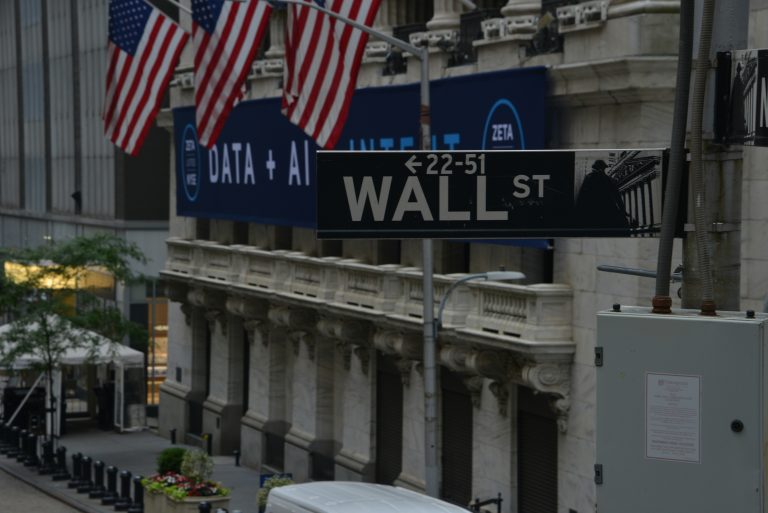
The UK economy expanded at its fastest pace in a year during the first quarter of 2025, driven by a surge in property transactions ahead of a tax break expiry and increased manufacturing activity in anticipation of new U.S. import tariffs under President Donald Trump.
According to data released by the Office for National Statistics (ONS), GDP grew by 0.7% in the January–March period, confirming preliminary estimates and marking the strongest quarterly growth since Q1 2024. Growth for March was also revised upward to 0.4%, double the previously reported 0.2%.
However, economists caution that this early-year momentum is unlikely to continue. A 0.3% contraction in April suggests the bounce was temporary, exacerbated by one-off factors, and the Bank of England expects just 0.25% growth in the second quarter.
Short-Term Boost from Property and Manufacturing
The ONS reported that household spending rose 0.4%, an improvement on the initial 0.2% estimate, with gains led by housing, household goods, and transport. The property market was particularly active leading up to the March 31 end of a homebuyer tax relief, prompting a rush in transactions.
Meanwhile, manufacturing output grew 1.1%, as producers accelerated activity ahead of U.S. tariff increases that took effect in April.
To fund this uptick in spending, households dipped into their savings, pushing the savings ratio down for the first time in two years—though it remained relatively high at 10.9%.
Economic Headwinds Ahead
While the Q1 figures offer a temporary reprieve, several challenges loom:
- The UK’s current account deficit widened to £23.46 billion in Q1, up from just over £21 billion in Q4 2024—larger than expected.
- A potential rise in energy prices from renewed Middle East tensions could add pressure to an already sluggish economy.
- The longer-term impact of U.S. tariffs and a previous employer tax hike is still filtering through the economy.
However, some signs of optimism are emerging. A recent employer survey showed confidence at a nine-year high, while consumer sentiment is rebounding as uncertainty around U.S. tariffs and UK tax policy begins to ease.
“Now that uncertainty has started to recede, consumer confidence is rebounding, and business surveys point to the worst of the labour market pain being behind us,” said Thomas Pugh, Chief Economist at RSM UK.
Outlook and Policy Implications
Chancellor Rachel Reeves is hoping that economic resilience will reduce the need for further tax increases later this year as she works to meet fiscal targets. At the same time, the Bank of England is expected to cut interest rates twice more in 2025, which could support household spending in the months ahead.
Still, with external risks and domestic demand showing signs of strain, sustaining momentum through the rest of the year remains uncertain.




